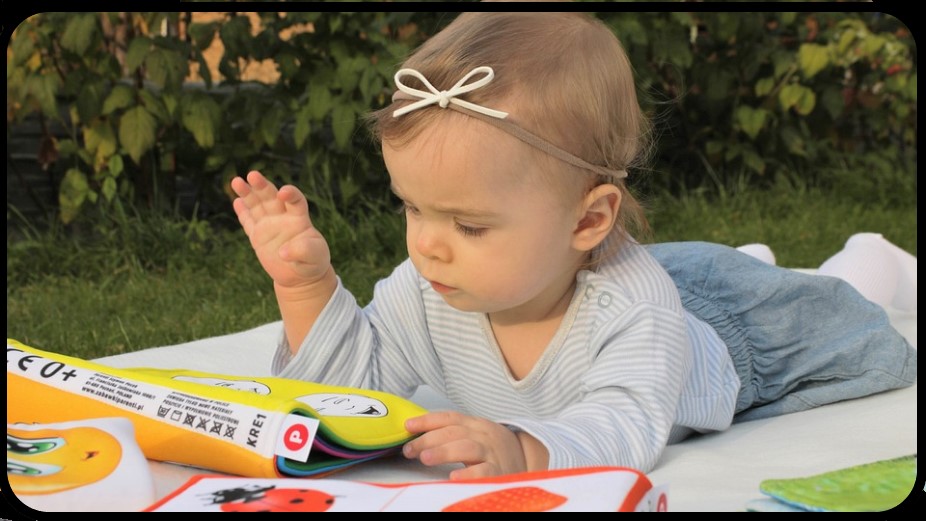Acquainting Auxiliary Varieties With Children
Have you shown your kid essential tones and contemplated what straightaway is? The response is auxiliary tones. Yet, finding out about essential tones is vital to figure out auxiliary tones. Thus, do show the essential tones before leaping to auxiliary tones.
Your kid may know the optional varieties and remember them. They should figure out how these varieties can be made by blending two essential tones.
In this article, we have made sense of auxiliary light shades and how optional varieties can be made utilizing essential tones. We have likewise covered a couple of exercises on helping children to make and find out about optional varieties. We should find out about this, beginning with what optional varieties are!
Also read: x words for kids
What Are Optional Tones?
We should investigate the auxiliary varieties definition for youngsters. When we blend two essential tones, we get another variety, an optional variety. For instance, assuming we blend red and yellow tones, we will get an orange tone. These varieties are referred to as auxiliary tones as they are firmly connected with essential tones and are gotten straightforwardly and only from them.
Rundown Of Auxiliary Varieties Names
In this segment, we will investigate a few tones that are a piece of the optional variety conspire.
1. Orange
Orange is an optional variable made by blending two essential tones, red and yellow.
2. Purple
Purple is an optional variable made by blending two essential tones, red and blue.
3. Green
Green is an optional variable made by blending two essential tones, blue and yellow.
Auxiliary Variety Wheel With Models
We should investigate auxiliary variety models for youngsters.
As indicated by the variety hypothesis, when we blend equivalent pieces of two essential tones, we either get green, orange, or purple. These varieties that we get by blending two essential tones are auxiliary tones.
The above picture shows the essential and optional variety of wheels that will be useful while showing kids auxiliary tones. Let’s take a gander at an illustration of an optional variety wheel to grasp the distinction between essential and optional tones.
To get any of the three auxiliary tones (green, orange, purple), you want to blend two essential varieties that sit close to one another on the variety wheel. For instance, you want to combine blue and yellow to make the optional variety green. To make purple, you want to blend red and blue. Ultimately, you want to blend the essential tones, red and yellow, together to make orange.
Exercises That Will Assist Your Youngster With Learning Optional Tone
Take the assistance of the accompanying exercises that will assist youngsters with understanding the science behind tones and variety blending while at the same time figuring out how to make optional varieties.
Blend The Varieties
Take a drawing sheet and overlay it to get three wrinkles. Place a touch of any essential variety on the main wrinkle of the sheet. Add one more essential variety on the subsequent wrinkle and the keep-going essential variety on the third wrinkle. Ask your youngster to painstakingly overlay the drawing sheet again at the wrinkle made before. Push down so the shades of paint on each wrinkle will blend.

